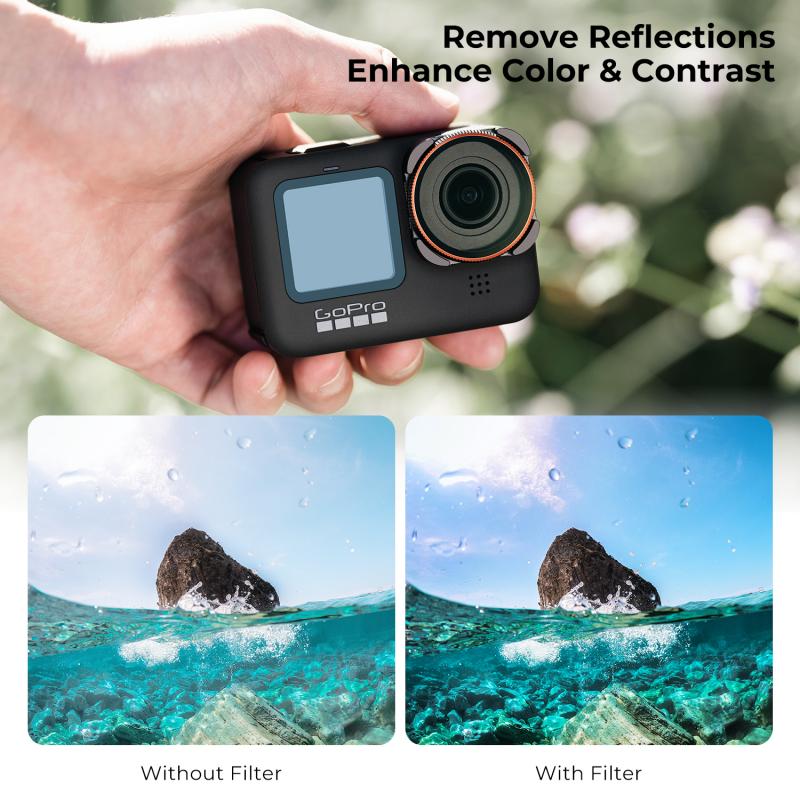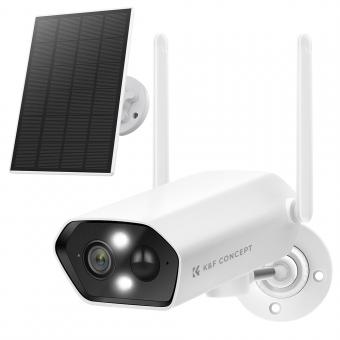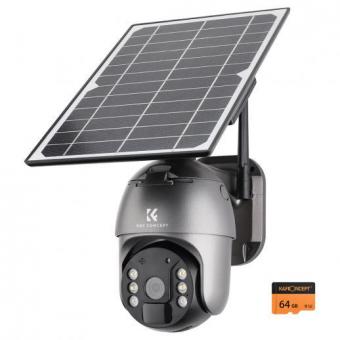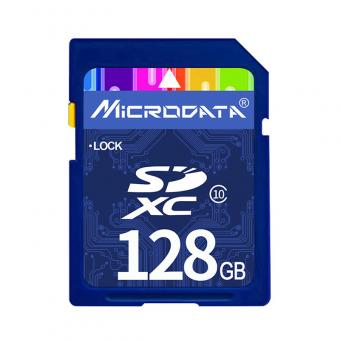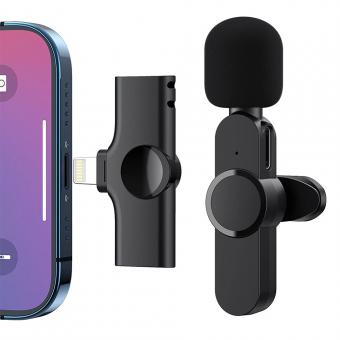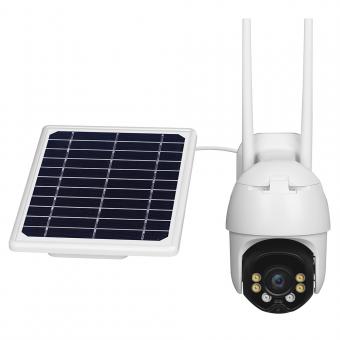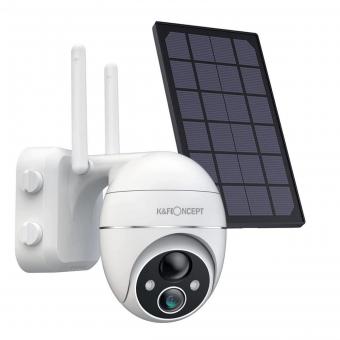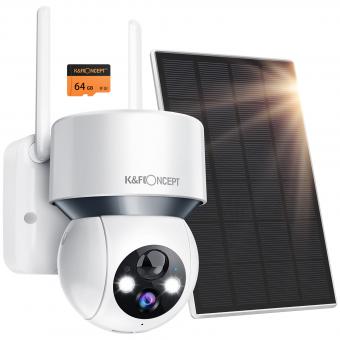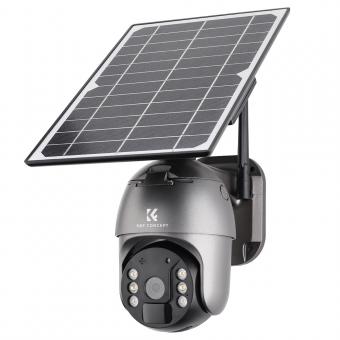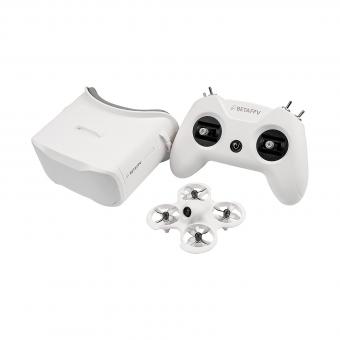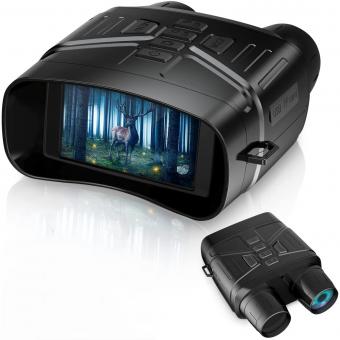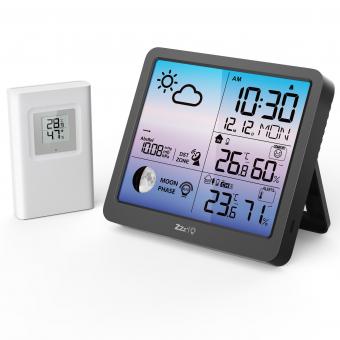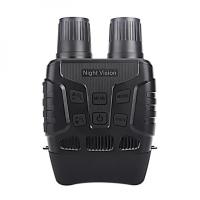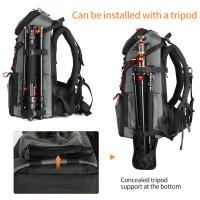How To Play Security Camera Video Files ?
To play security camera video files, you can use a media player that supports the file format of the video files. Some common video file formats used by security cameras include AVI, MP4, and MOV. You can try using popular media players like VLC Media Player, Windows Media Player, or QuickTime Player to open and play these files. Simply open the media player, go to the "File" menu, and select "Open" or "Open File" to browse for the video file on your computer. Once you locate the file, select it and click "Open" to start playing the video. If the video file is in a different format that your media player doesn't support, you may need to convert the file to a compatible format using video conversion software before playing it.
1、 File Formats and Compatibility for Security Camera Video Playback
To play security camera video files, you will need a media player that supports the specific file format used by your camera. Most security cameras record video in common formats such as AVI, MP4, or H.264. Here's a step-by-step guide on how to play security camera video files:
1. Identify the file format: Check the file extension of the video file, such as .avi or .mp4. This will help you determine the compatible media player.
2. Install a media player: Download and install a media player that supports the file format. Popular options include VLC Media Player, Windows Media Player, and QuickTime Player. These players are compatible with a wide range of file formats and are regularly updated to support new ones.
3. Open the media player: Launch the media player on your computer.
4. Import the video file: Use the media player's "Open" or "Import" option to browse for and select the security camera video file you want to play. Alternatively, you can drag and drop the file into the media player window.
5. Play the video: Once the file is loaded, click the play button or use the media player's controls to start playback. You can pause, rewind, fast forward, or adjust the volume as needed.
It's worth noting that some security camera manufacturers may use proprietary file formats that require their own dedicated playback software. In such cases, check the camera manufacturer's website for the appropriate software or contact their customer support for assistance.
As technology advances, new file formats and compression methods may emerge in the security camera industry. It's important to stay updated with the latest information from your camera manufacturer to ensure compatibility and optimal playback of video files.

2、 Choosing the Right Video Player Software for Security Camera Footage
When it comes to playing security camera video files, it is important to choose the right video player software that can handle the specific file format and provide the necessary features for efficient playback. Here are some factors to consider when selecting the appropriate video player software for security camera footage.
1. File Format Compatibility: Ensure that the video player software supports the file format used by your security camera system. Common formats include AVI, MP4, and H.264. Some advanced systems may use proprietary formats, so compatibility is crucial.
2. Playback Features: Look for a video player that offers essential playback features such as fast-forward, rewind, frame-by-frame viewing, and zoom capabilities. These features can help in analyzing footage and identifying important details.
3. Video Enhancement Tools: Consider video player software that provides enhancement tools like brightness, contrast, and saturation adjustments. These tools can improve the visibility of footage, especially in low-light or challenging environments.
4. Time Stamp and Metadata Display: Ensure that the video player can display time stamps and metadata associated with the footage. This information is vital for tracking events and correlating them with other data sources.
5. Multi-Channel Support: If you have multiple security cameras, choose a video player that can handle simultaneous playback of multiple video streams. This feature allows for easy comparison and analysis of footage from different cameras.
6. Compatibility with Operating Systems: Check if the video player software is compatible with your operating system, whether it is Windows, macOS, or Linux.
7. Security and Privacy: Consider video player software that prioritizes security and privacy, especially if you are dealing with sensitive footage. Look for features like password protection and encryption to ensure that your video files are secure.
In conclusion, selecting the right video player software for security camera footage is crucial for efficient playback and analysis. Consider factors such as file format compatibility, playback features, video enhancement tools, time stamp display, multi-channel support, operating system compatibility, and security features when making your choice.
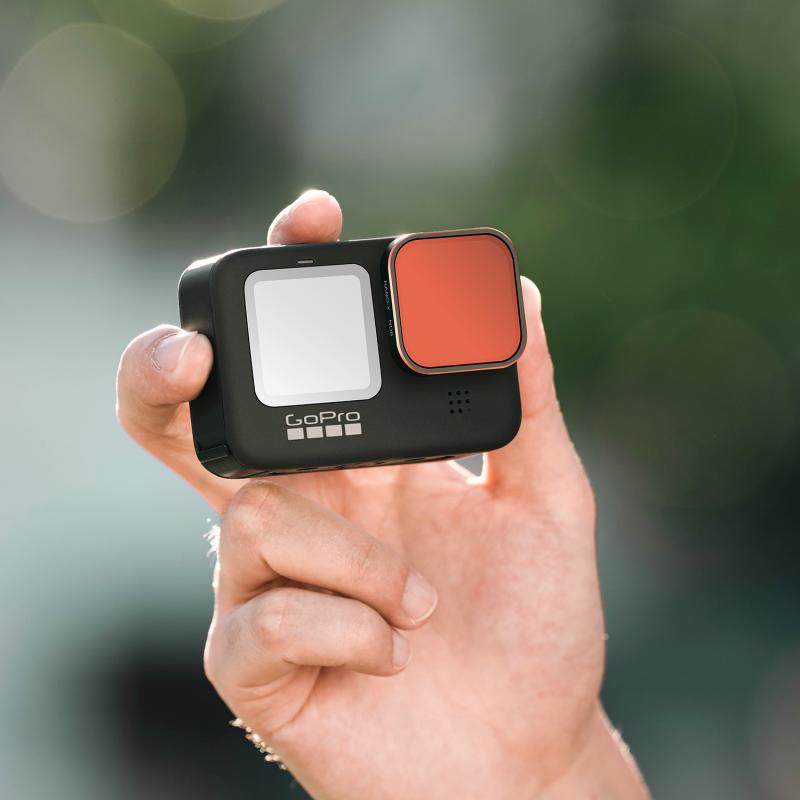
3、 Steps to Access and Play Security Camera Video Files
Steps to Access and Play Security Camera Video Files
1. Determine the video file format: Security camera video files can be stored in various formats such as AVI, MP4, or MOV. Check the file extension to identify the format.
2. Install a compatible media player: Depending on the file format, you may need to install a specific media player. Popular options include VLC Media Player, Windows Media Player, or QuickTime Player. These players support a wide range of video formats and are available for free download.
3. Connect the storage device: If the video files are stored on a separate storage device, such as an SD card or external hard drive, connect it to your computer using the appropriate cables or card reader.
4. Locate the video files: Open the file explorer on your computer and navigate to the storage device or folder where the security camera video files are stored.
5. Double-click on the video file: Once you have located the video file, double-click on it to open it with the installed media player. The player will automatically start playing the video.
6. Adjust playback settings: Use the playback controls within the media player to adjust settings such as volume, playback speed, or video quality as desired.
7. Seek specific footage: If you are looking for a particular event or time frame within the video, use the player's seek bar or timeline to navigate to the desired section.
8. Enhance video quality (optional): Some media players offer options to enhance video quality, such as adjusting brightness, contrast, or applying filters. Explore the player's settings to make any necessary adjustments.
9. Save or export the video (optional): If you need to save or export the video file, most media players provide options to do so. Look for the "Save" or "Export" function within the player's menu.
It is important to note that the steps may vary slightly depending on the specific media player and file format being used. Always refer to the player's documentation or online resources for any specific instructions or troubleshooting.

4、 Troubleshooting Common Issues with Security Camera Video Playback
To play security camera video files, you will need a compatible media player or video playback software. Here's a step-by-step guide on how to play security camera video files:
1. Identify the video file format: Security camera video files can be in various formats such as AVI, MP4, or MOV. Check the file extension to determine the format.
2. Install a compatible media player: Depending on the file format, you may need to install a specific media player. Popular options include VLC Media Player, Windows Media Player, or QuickTime Player. These players support a wide range of video formats.
3. Open the media player: Once you have installed the appropriate media player, open it on your computer.
4. Navigate to the video file: Use the media player's file explorer or open dialogue to locate the security camera video file on your computer. You can also drag and drop the file into the media player window.
5. Play the video file: Double-click on the video file or click the play button within the media player to start playback. You can use the media player's controls to pause, rewind, or fast forward the video.
If you encounter any issues with playing the security camera video files, here are some common troubleshooting steps:
1. Update your media player: Ensure that you have the latest version of the media player installed. Updates often include bug fixes and improved compatibility.
2. Check for codec compatibility: Some video files may require specific codecs to play correctly. Install the necessary codecs or use a media player that supports a wide range of codecs.
3. Repair or convert the video file: If the video file is corrupted or not compatible with your media player, you can try using video repair software or convert the file to a different format.
4. Verify the video file integrity: If the video file is stored on a storage device, ensure that the device is not damaged or corrupted. Try accessing the file from a different device or backup.
Remember to always keep your media player and operating system up to date to ensure smooth playback of security camera video files.
